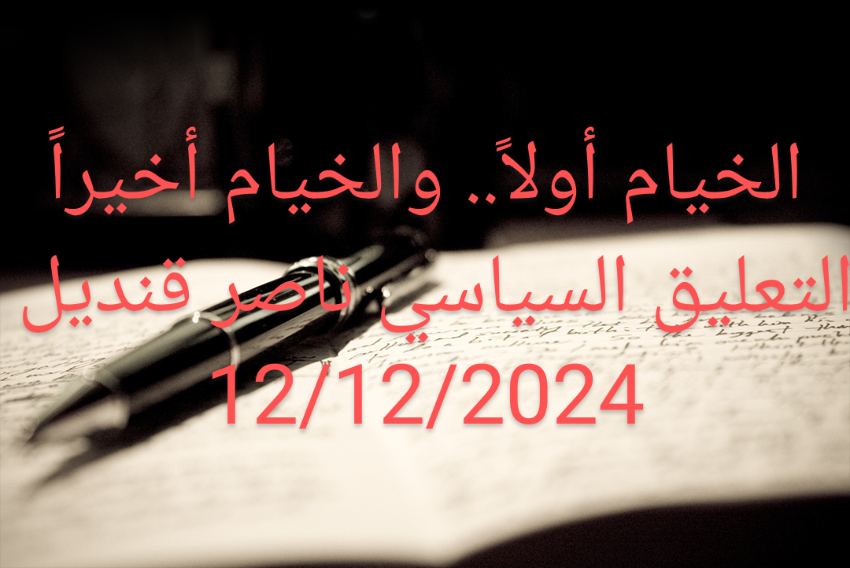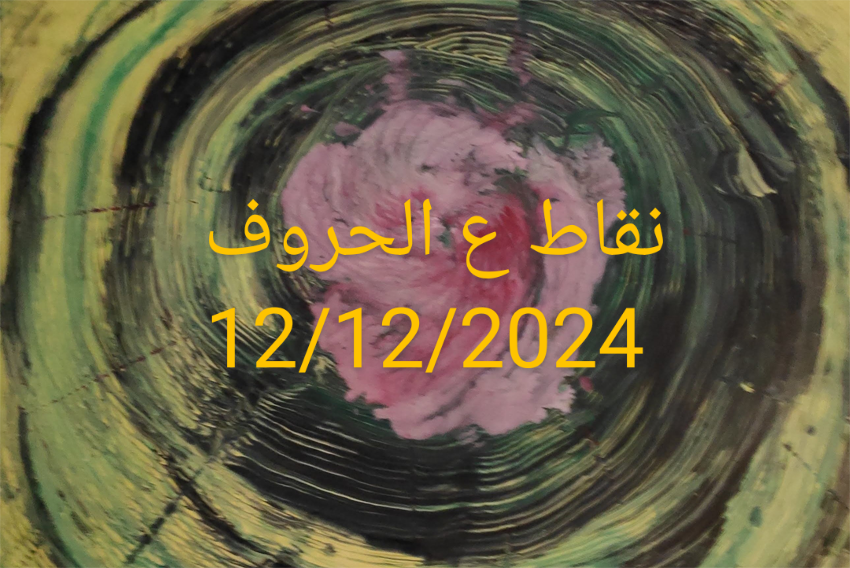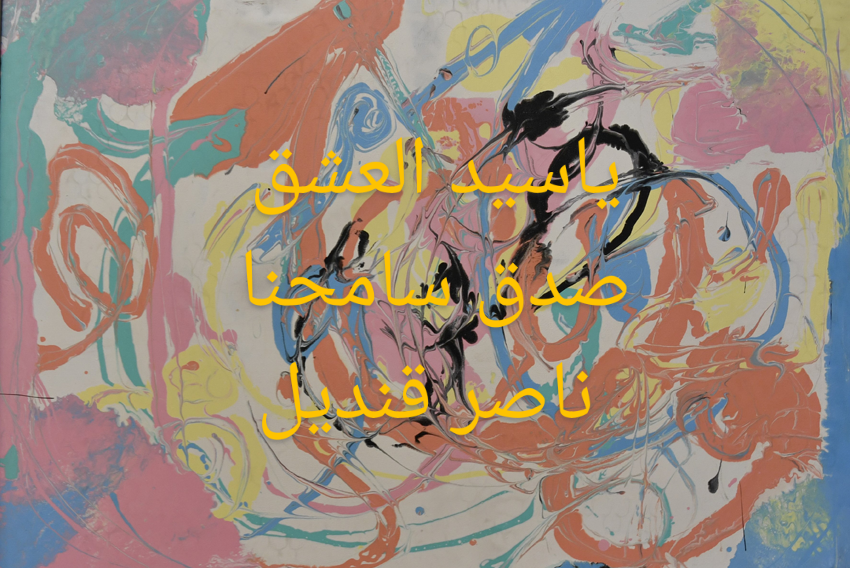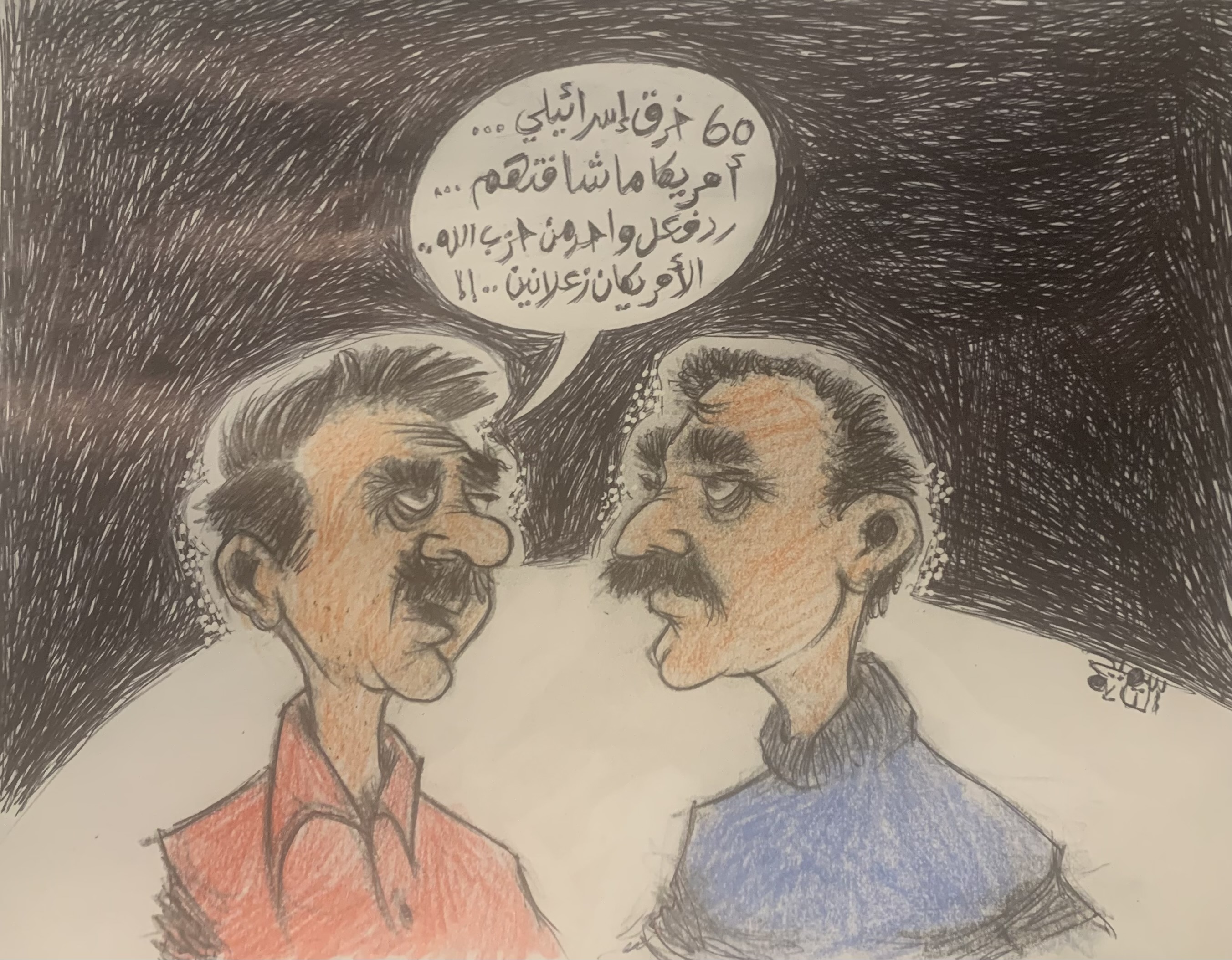
Written by Nasser Kandil,
Imad Mughniyah the most prominent leader of the resistance in Lebanon at the military level neither was one of the former officers in one of the armies and has joined the resistance supported by his knowledge and experience, nor was a leader in one of the Palestinian organizations with which he coexisted and interacted before the formation of the resistance in Lebanon. On the contrary he devoted himself to this task when he was only twenty years old, he was well educated, and due to his critical mind he was able to compare between the experiences, data, and choosing the most appropriate. He was enthusiastic for a qualitative achievement, and was certain that it is attainable, till his military vision has been developed to become close to a school of strategy that has pillars and rules, not mere an accumulation of individual heroisms or an innovation of effective tactics in the separated battles, or modernization of the types of weapons to make them more effective.
Here we are talking about what is beyond the belief in Palestine as a title of the battle, and what is beyond the certainty of victory and the certainty that Iran Imam Al Khomeini and Iran Al Sayyed Al Khamenaei will not abandon the option of the resistance and will continue supporting it with everything available. We are talking about something else other than the secondary concerns and worries which drive the resistance parties away from their task and exhaust their capacities as the debate about the titles of tactics and compromises within the same party or the ideological, sectarian, and doctrinal strife or the anticipation to practice authority and influence. All of these are the constants of the leader the martyr as they are the constants of the resistance and its most important party; Hezbollah.
The main pillar of the philosophy of war formulated by Al Hajj Imad for the resistance in Lebanon, Palestine, and the region based on the priority of a quartet weapon, its basis is bombs, missiles, tunnels, and the telecommunication networks. The resistance must perfect the sciences and their technologies with the wide available domains, and to learn how to manufacture them by depending on all the stages of the productions lines, storing what it needs according to the rules and conditions of safety and the facilitation of the ability of use. Al Hajj Imad supervised all these sciences; how a tunnel is dug by a hoe as in the hills of Mount Safi, Katyusha rocket that made the first deterrence equation in the April understanding 1996, a hand-made bomb that targeted columns of the Israeli vehicles, or a suicide-bomber who broke through the headquarter of the Israeli military governor at Tire or the Marines headquarter in Beirut, and a simple telecommunication as a telephone exchange of a personal office that links the operations rooms in Mount Safi with Dahiya and Bekaa. He sought for a project that meets his ambition a tunnel project similar to a city that is being prepared for a nuclear war, in which he can secure the cycle of the resistance operations, links its areas and stores its missiles and vehicles, and links the areas of the resistance work from Tehran, Damascus, Beirut, the south, Gaza, to Al Galilee, in addition to bombs that destroy the myth of superiority made by Merkava, and explodes with tons of explosives a path of military infantry, and complicated telecommunication networks as the telephone exchange of New York as he used to say, in a way that thwarts the American- Israeli technical superiority in eavesdropping science and can be under the reach of the resistance fighters wherever they are.
The second pillar of the military strategy of Al Hajj Imad was the preparation of a semi-regular army that combines the capabilities of a regular army in the rocket corps, telecommunication network, the construction of tunnels, and the guerilla warfare rules in facing the bombs. Furthermore it includes an army of a quarter of a million full-time professional fighters and a force that can be used in the major wars that is ready to fight in Palestine after the liberation of the south, and converges in Palestine with a similar army in the war of the great confrontation, and the same in Syria, Iraq,, Iran, Yemen, and elsewhere.
The third pillar is to think always in the challenges as opportunities whether politically, strategically, or militarily, and how the Israeli fiery superiority becomes an opportunity? How the Israeli air exclusivity becomes an opportunity? How the ability of the qualitative ground movement of the Israelis becomes an opportunity? How Merkava becomes an opportunity? How the pressure imposed by the international relationships on Syria as a base for the resistance becomes an opportunity? And how the Muslim Brotherhood background of the most important Islamic force in Palestine represented by Hamas Movement turns from a source of concern and challenge in the projects of the sectarian strife into opportunities?
The destruction of the Merkava tank, the dropping of F16 aircraft, and the endurance of the resistance fighters of the firepower in the tunnels to surprise the infantry armies were the goals that interpreted these visions, which turned into operation steps which Al Hajj Imad worked on day by night and now his comrades and the allies of his resistance are continuing working on after his martyrdom. As how the international relationships of Syria turn into a new source of weapons, and the most important capabilities of the resistance, and how the relationship with Hamas turns into a source of a cross-sects exhaustion among the Muslims with the great victory which alone ends the threats of strife and a line of engagement that makes fire close to the enemy in Palestine.
The fourth pillar in the military strategy of Al Hajj Imad was moral, how the enemy considers our losses profits, and his profits as losses, by turning the martyrdom into a source of power that becomes more coherent and confident, and how the extension of the enemy and his exclusivity becomes a way to catch him and a sufficient reason to exhaust him, in other words, while he thoughts us losing he discovers that we become stronger and while he enjoys his victory he discovers that he is stuck in a trap.
The military school of Al Hajj Imad achieved the liberation followed by the victory in July 2006 and it is still achieving, and the deterrence balance founded by the resistance is still growing and leading to further equations, furthermore his aspiration towards Palestine is still continuous, by depending on the technology of missiles, bombs, tunnels, and telecommunication networks which we do not know about but only when the enemy talks about the plants of missiles, smart bombs, Kornnet, Yakhont, and S300 and what is being told by the agents about the communications networks which they claim that they link Sanaa and Tehran with Beirut, and what is being told by the settlers about sounds of digging beneath their homes in many parts of Palestine. Thus, when it is time, we will know what we have not already known.
Translated by Lina Shehadeh,
2018-02-14 | عدد القراءات 2460









